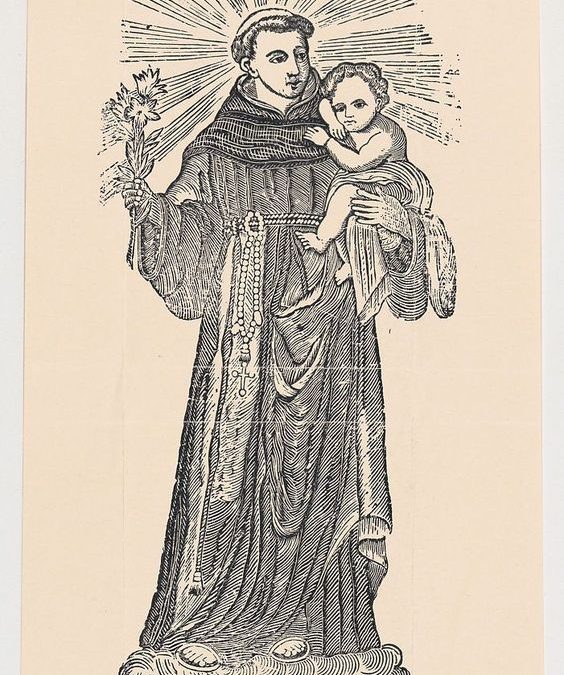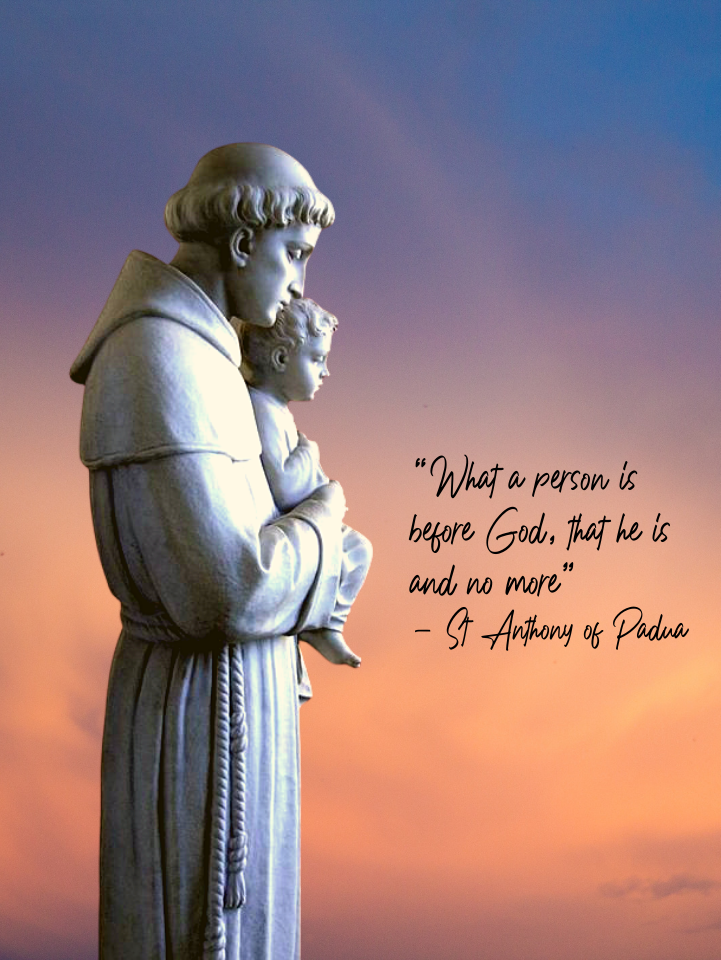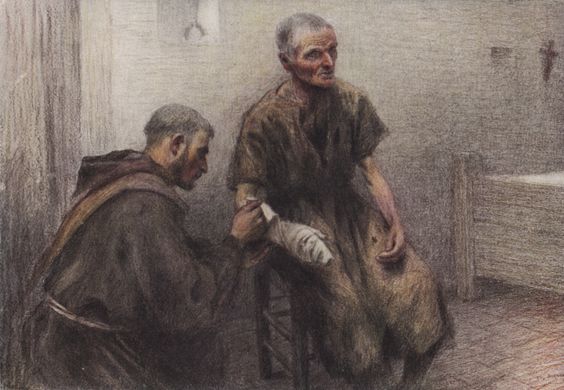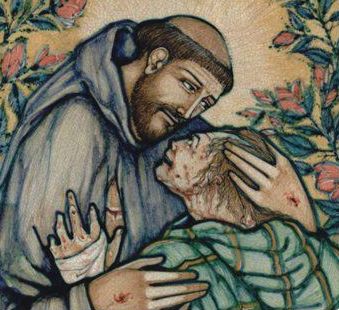
Anthony – Theologian After the Heart of Francis

St Anthony’s humility accompanied his popularity through the ages. Many of us pray to him when we lose things and we may even call him “Doctor of the Church” and not know why. What many do not know is that Anthony had a licence to teach licentia docendi. St Francis, realising that there was a need for his friars to study theology to be effective preachers of the Word and to maintain orthodoxy of faith against numerous heresies, personally wrote him a letter stating that “it pleases” him that Anthony should teach theology, but that he should never “extinguish the spirit of prayer and devotion” (EpAnt). Thus St Anthony became the first teacher of theology in the Franciscan Order.
And teach and preach he did. In a way that led people not to himself, but to Christ. That is humility in action. What grounds his theology is the “poverty and humility of our Lord Jesus Christ”, which mirrors very closely the thoughts of St Francis. St Francis loved to speak of “poverty” together with “humility” in reference to our Lord Jesus Christ, especially in his incarnation and passion. If Jesus emptied himself to assume the form of man, and gave himself up to death on a cross (Phil 2:6), then we, as followers of Christ, are called to walk this journey of self-emptying and kenosis, so as to be filled with the grace of God in order to love and serve our brothers and sisters in creation.
In fact, St Anthony considered humility so important that he called it the source, root and font of all other virtues. “What a person is before God, that he is and no more” is his most succinct definition of humility.
We acknowledge ourselves as we are before God and God sees us as we are and loves us. That is the beauty of Franciscan spirituality, the beauty of simply be-ing. That we appreciate and love the beauty and dignity of our own selves and also of other beings, and thus live this love in fraternity – sharing, serving, sacrificing.
St Anthony also invites us to “the sweetness of contemplation”, to die to the world and live solely for God. It is this desire for God that urges us to a conversion of life in penance, living out our holiness of life in service of all, especially the poor. St Anthony was a man truly after the heart of St Francis, both in words and works, our Doctor of the Church, the one who helps us to find … our way back to God.







